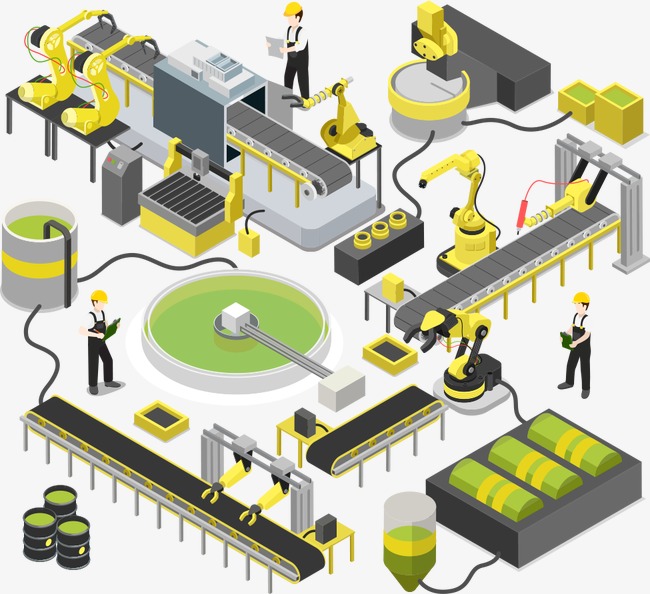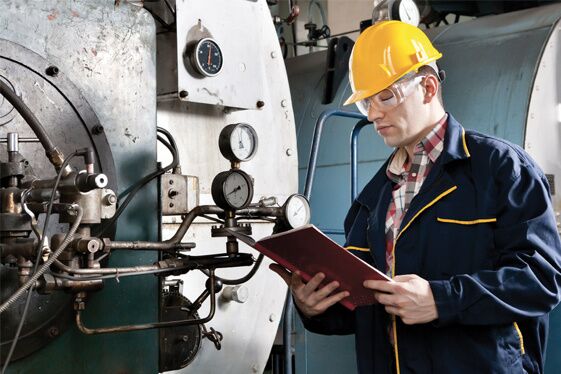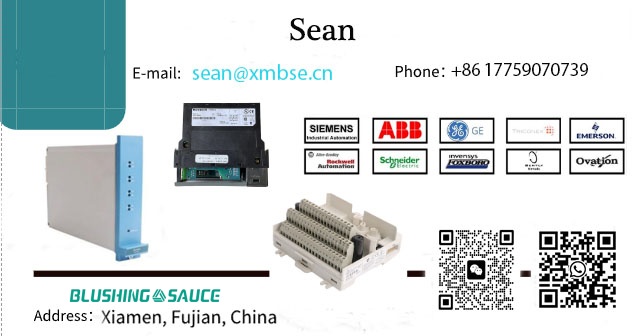Empowering the Future of Manufacturing with EcoStruxure Automation Expert V24
Schneider Electric(TSXMFPP128K/TSXMRPC001M/TSXCFY21,TSXCTY4A,TSXCTY2A/TSXMFPP002M/TSXP573634M/170ADI35000/140CPU65150) has once again raised the bar in industrial automation with the release of its latest solution, EcoStruxure Automation Expert V24. As the global leader in energy management and automation, Schneider is focused on helping manufacturers streamline operations, boost productivity, and drive digital transformation in the face of modern supply chain challenges.
The Power of Modular and Flexible Automation
At the heart of EcoStruxure Automation Expert V24 lies a modular, object-oriented design, which is a game changer for the automation industry. (140CRP31200/TSXMRPF004M/TSXP573623M/TSXP573623AM/TSXP57303AM)Schneider unlike traditional systems, this platform is built to be more adaptable, allowing businesses to easily integrate and scale their automation systems to meet evolving needs. Whether it's connecting new devices or updating existing ones, the modular nature of this solution ensures minimal disruption and faster deployment across diverse industries.
Integrating AI and Machine Learning for Optimized Performance
As Schneider industries move towards smarter, more efficient operations, integrating artificial intelligence (AI) and machine learning (ML) has become essential. EcoStruxure Automation Expert V24 doesn’t just provide the infrastructure for automation; it enhances the system’s intelligence by utilizing advanced data analytics to make real-time decisions that optimize processes. This intelligent approach allows manufacturers to predict potential issues, reduce downtime, and increase the efficiency of their production lines.
|
Related products we have in stock |
|||
|
NW-BM85S232 |
140CPS12420 |
TSXP57453M |
TSXDEZ12D2 |
|
TSXDEY64D2K |
140NOE77101 |
140CPU65160 |
TSXDMZ28DR |
|
TSXAEY800 |
1783-BMS10CL |
170ADO35000 |
TSXP57203M |
|
TSXDEY16A5 |
1783-MX08T |
170AAO92100 |
TSXDSY32T2K |
|
TSXPSY2600M |
1756-SYNCH |
TSXP57353AM |
TSXP57103M |
|
TSXCTY2C |
1747-SDN/C |
TSXETY5103 |
TSXSCY21601 |
|
TSXDEY16D2 |
TSXCTY2A |
170FNT11001 |
140CPU67260 |
|
TSXDSY08T2 |
TSXP57024M |
170AAI14000 |
TSXAEY1600 |
|
TSXPSY1610 |
TSXDSY64T2K |
170ADI34000 |
TSXMRPC007M |
|
TSXAEY810 |
140CRP93200 |
TSXASY800 |
TSXMRPC003M |
|
TSXAEY414 |
TSXDEZ32D2 |
TSXETY4103 |
140NRP95400,140CRP31200,140CRA31200 |
|
TSXASY410 |
TSXDSZ32R5 |
TSXP572634M,TSXP572634 |
140CPU67160,140CPU65160,140CPU65150 |
|
TSXAEY420 |
ATV610D75N4 |
TSXPSY2600M,TSXPSY2600 |
140NOE77111,140CRP31200,140CRA31200,140NRP |
|
TSXCTY4A |
ATV610D30N4 |
140CPU65150,140CPU67160 |
140CPU53414A,140CPU53414B,PTQ-PDPMV1 |
Amikon sells new and surplus products and develops channels to purchase such products.
This site is not approved or endorsed by any of the listed manufacturers or trademarks.
Amikon is not an authorized distributor, dealer or representative of the products displayed on this site.
All product names, trademarks, brands and logos used on this site are the property of their respective owners.
The description, illustration or sale of products under these names, trademarks, brands and logos is for identification purposes only and is not intended to indicate any affiliation with or authorization by any rights holder.





